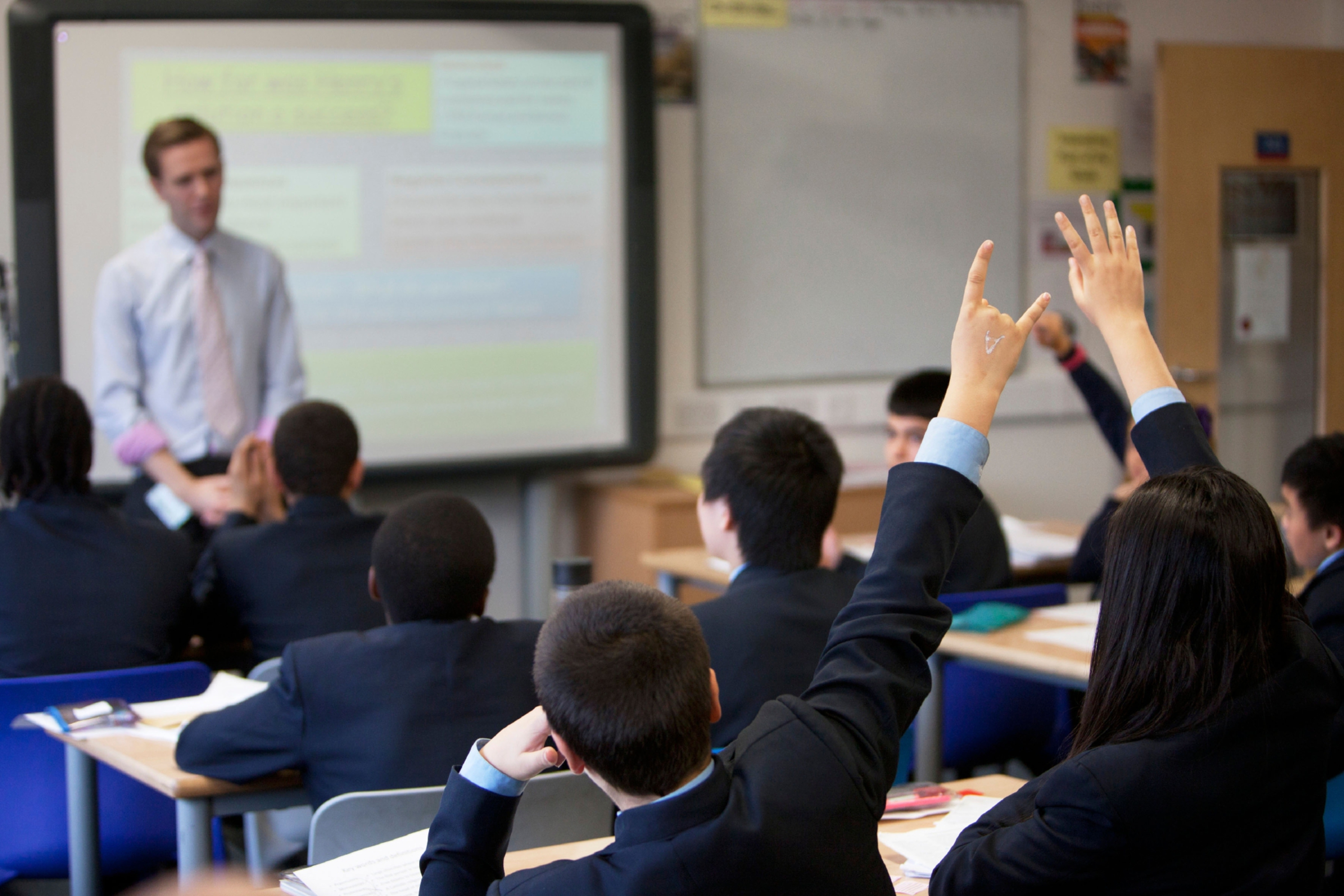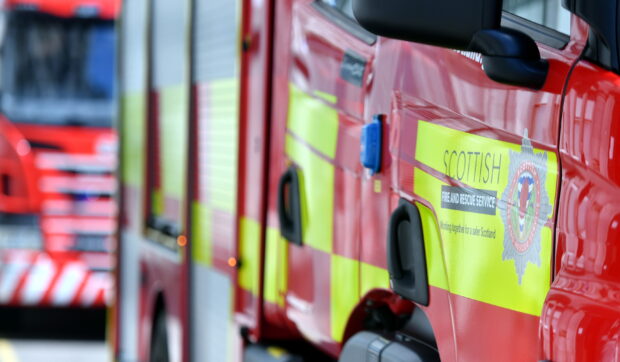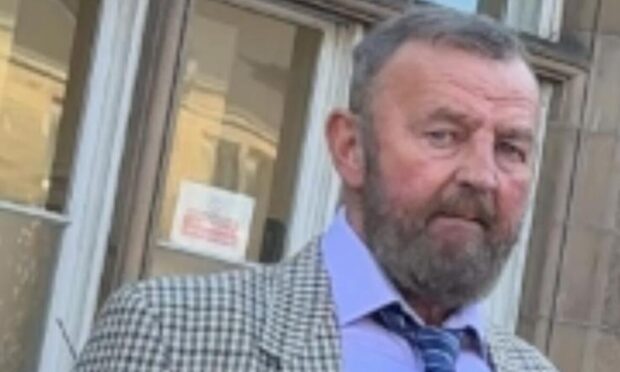Secondary school teachers are to take industrial action over their “excessive workload”, with nine out of ten union members backing the move.
The Scottish Secondary Teachers’ Association (SSTA) has confirmed it will start taking action from Monday October 24.
It comes after 91% of its members who voted in a ballot gave their support for taking industrial action short of strike action.
The move comes just days after Scotland’s largest teaching union the EIS suspended the programme of industrial action it had been taking to try to reduce workload.
EIS general secretary Larry Flanagan said on Friday that decision had been made after the Scottish Government announced that assessments included in some exams are being scrapped.
The pressure and stress suffered by both young people and teachers cannot be allowed to continue.
Last month, Education Secretary and Deputy First Minister John Swinney confirmed mandatory unit assessments will be removed from both National 5 and Higher exams, with pupils’ grades instead determined by final exams and coursework.
This will take place from 2017-18 for National 5 exams, with the assessments removed from Highers the following year.
SST general secretary Seamus Searson said: “Unfortunately, the proposed changes for National 5 do not take place until 2017-18 and with the lack of progress on National 4, the union had no option but to move to action to protect another cohort of young people and its members from excessive workload.
“The ballot has shown the strength of feeling and determination of secondary school teachers to address the workload demands that distract teachers from focusing on teaching and learning.
“The SSTA wishes to acknowledge and welcome the Deputy First Minister’s determination to declutter the work of teachers and allow them to focus on teaching and learning.”
But he said that teacher workload “is unlikely to be significantly reduced in the current session, especially in the area of national qualifications” and added that as a result of this “we have no option but to move into industrial action to protect its members”.
Union president Euan Duncan said: “SSTA members care passionately about the young people they teach and getting the best qualifications.
“However, the pressure and stress suffered by both young people and teachers cannot be allowed to continue.
“We hope the Deputy First Minister can work with the SSTA to find a way forward and put measures in place to help the situation.”
Mr Swinney insisted there is “no justification whatsoever for industrial action by the SSTA given the significant steps we have taken to reduce the workload of teachers”.
This action would not be in the interests of anyone, least of all young people and parents.
He urged the union to consider its stance, saying: “This action would not be in the interests of anyone, least of all young people and parents, and I urge SSTA members not to participate in such action.
“Over the past few months, I have listened carefully to what teachers, parents, young people and others have had to say on workload, and have responded positively with a range of actions to help reduce workload pressures.
“As part of this, I have now announced the removal of mandatory unit assessments from National 5, Higher and Advanced Higher courses.
“This will significantly reduce the workload for our teachers, giving them more time to focus on what is most important – teaching our young people – while maintaining the core principles of Curriculum for Excellence.”










